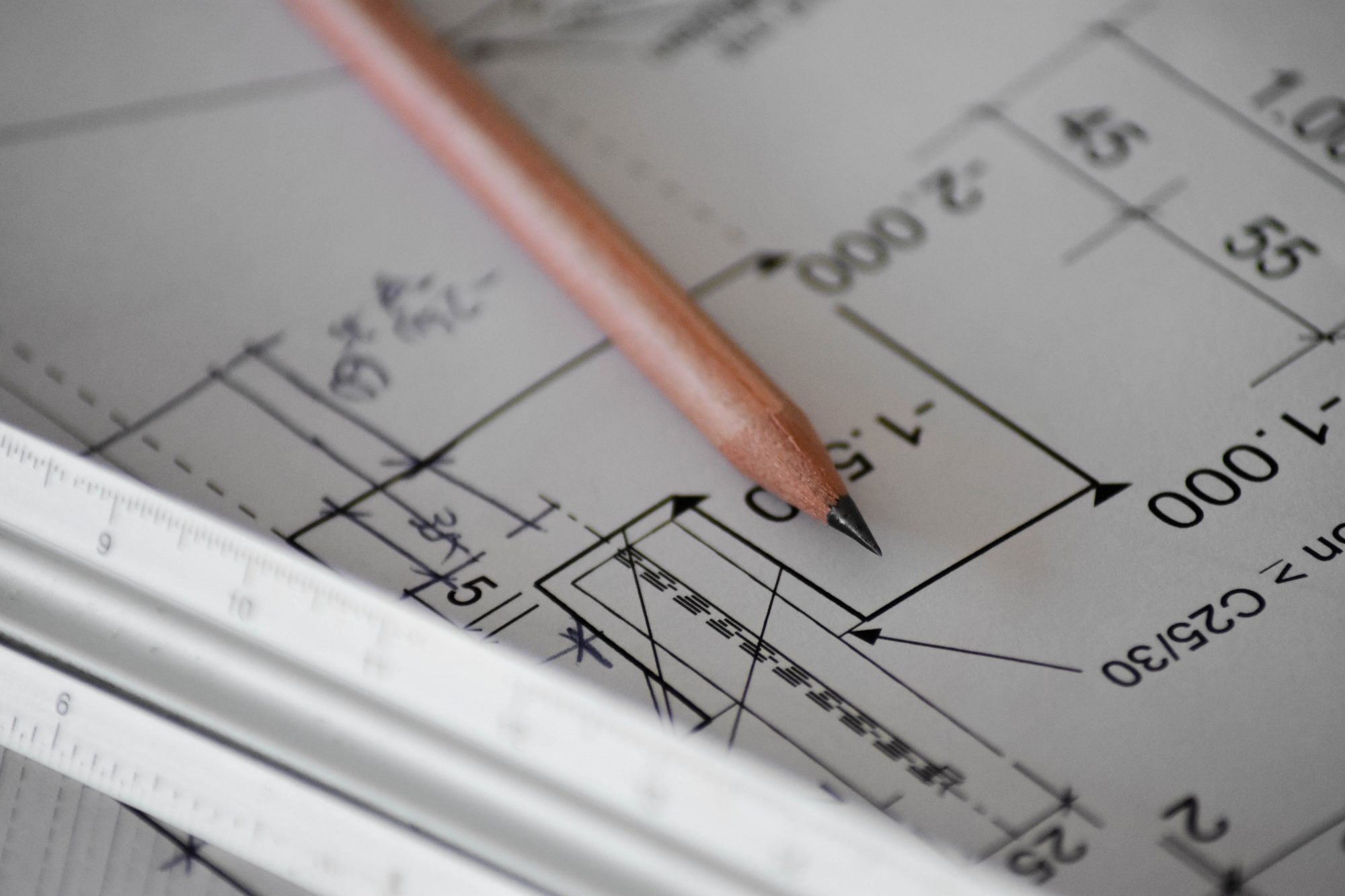
Navigating from Prototype to Production: Taking Your Product Range to the Next Level
Transitioning from a prototype to a production-level product can be incredibly daunting. This is especially true for product range owners, who often have to manage multiple products and components at the same time while troubleshooting any issues that might arise. It takes meticulous planning and preparation to ensure the successful production of a comprehensive product lineup, but it doesn’t have to be a stressful process.
By understanding your options, mapping out the stages, and preparing ahead of time, you can effectively navigate from prototype to production with minimal stress or disruption. Keep reading for an overview of key strategies and tips on approaching this transition when launching new products or updating existing ones within your product range.
Defining Your Goal
Defining your goal is the first step in transitioning from prototype to production. This means understanding what you want the product lineup to accomplish, how you want it to be designed and presented, and the resources necessary for its successful launch or update. Additionally, this process should include a thorough assessment of customer needs and wants and a comprehensive market analysis. Also, consider the budget for your product line. This will help ensure you have sufficient resources to cover production costs and potential complications. From the start, you should also define expectations for timelines, project management, and customer service.
Managing the Transition
Once your goal has been defined, creating a transition plan with realistic timelines is next. Make sure to factor in responsibilities for each stage of the process, as well as tasks that must be completed and resources needed. Additionally, consider any potential risks or complications and address them accordingly. This will help ensure that everyone involved knows exactly what needs to be done, who’s responsible for what tasks, and when they need to be completed.
Preparing for Production
Once all the necessary components have been identified, and the resources for production are secured, you can begin preparing for production. This includes double-checking that all materials meet quality standards, testing out samples to ensure they work properly and making any last-minute changes if needed. Additionally, it’s a good idea to keep track of all processes during this stage to streamline future projects as much as possible.
Overcoming Challenges
When transitioning from prototype to production, it’s important to anticipate and prepare for potential challenges. The first line of defense is to outsource some of the processes or components, particularly if they require a high level of precision or expertise. For example, outsourcing cutting services such as CNC routing and MDF Cutting are great options for creating intricate shapes and designs out of materials like wood and metals without compromising on quality. This type of outsourcing can help reduce costs while ensuring accuracy in the final product. Additionally, you will want to establish a system for ongoing testing throughout the transition process to ensure that all products within your range meet customer expectations and industry standards.
Ensuring Success
Once the transition from prototype to production is complete, ensuring your product range is successful is important. This can be accomplished by evaluating customer feedback and reviews, monitoring sales figures and trends, and keeping up with industry news and developments. Additionally, you should set aside time for periodic maintenance and troubleshooting of any issues that may arise over time. By taking a proactive approach to maintaining your product lineup, you can ensure its continuing success in the long run.
Key Takeaways
Overall, transitioning from prototype to production requires careful planning and preparation. A thorough assessment of customer needs and wants, as well as a comprehensive market analysis, should be undertaken in order to define your goal correctly. Additionally, outsourcing cutting services can help ensure accuracy while reducing costs. Lastly, establishing a system for ongoing testing is key in ensuring that all products within your range meet customer expectations and industry standards. With these tips in mind, you will have no problem successfully transitioning from prototype to production!
Transitioning from prototype to production can be a complicated process. However, by setting goals and creating realistic timelines, managing the transition, preparing for the show, overcoming challenges, and ensuring success – you will have no problem achieving your desired results. With these tips in mind, you can make the transition with confidence.


